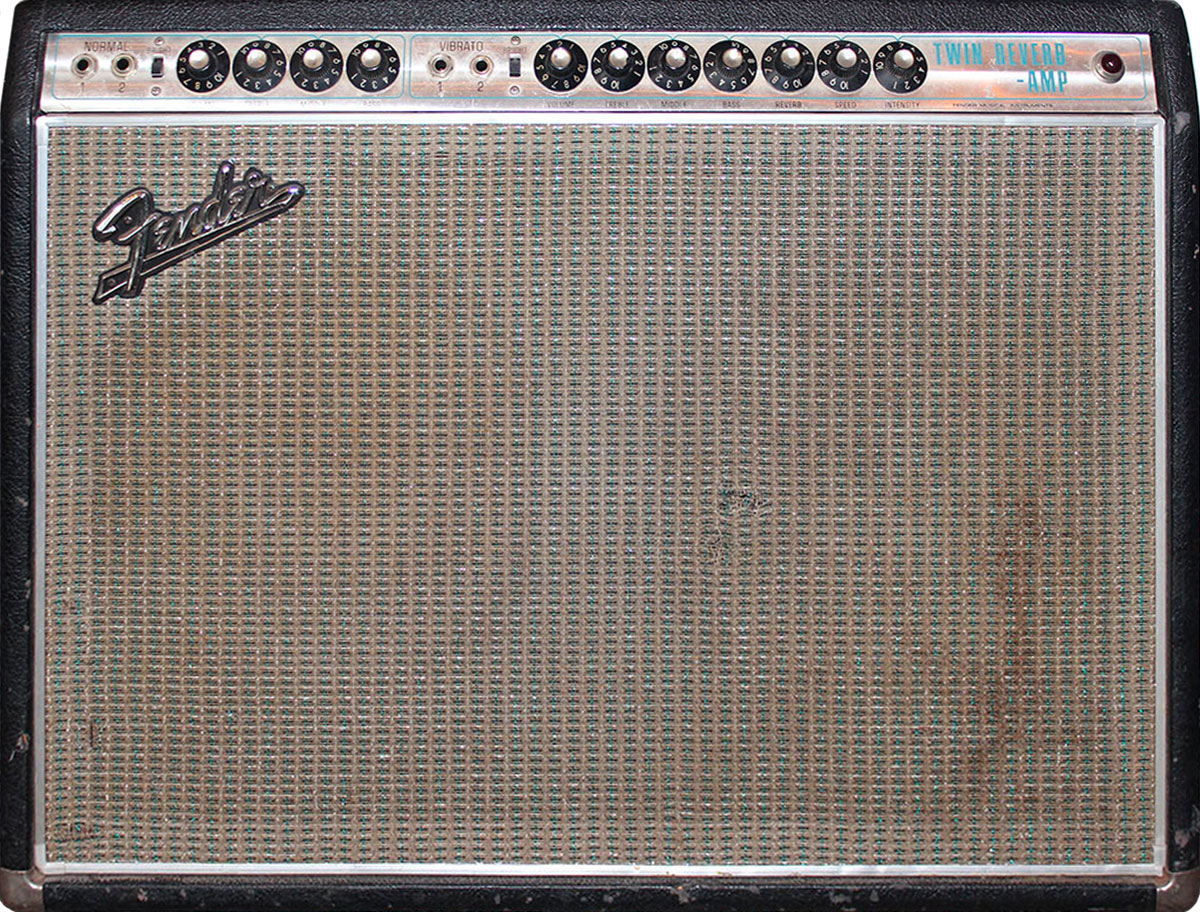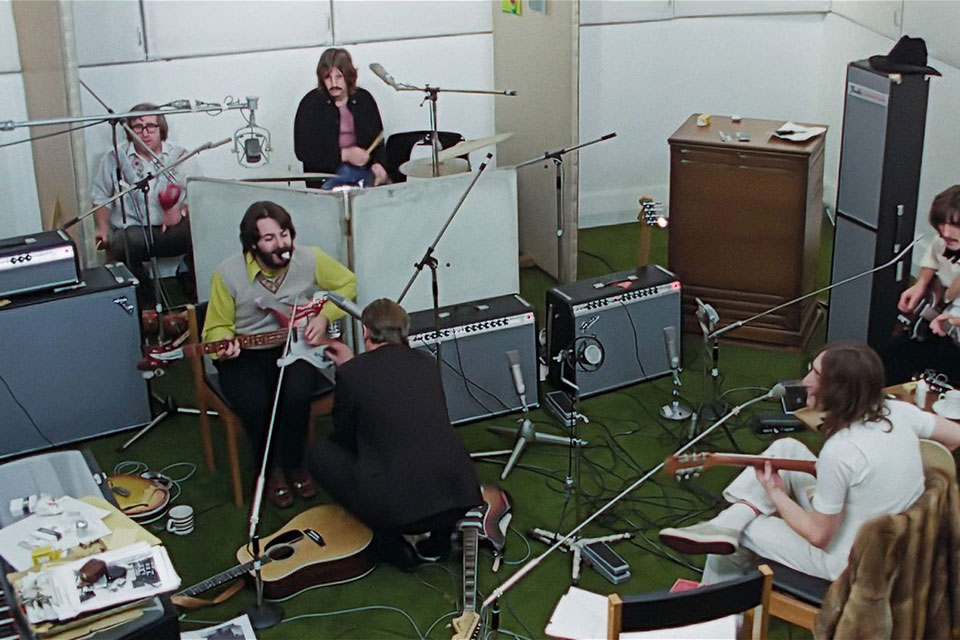After years of sticking with Vox, the Beatles turned to Fender amps in the studio – from Bassmans to Twin Reverbs, a shift that helped define the sound of their last great works.
It's hard to imagine the Beatles without their Vox amplifiers. Throughout their touring years, the band remained loyal to the British brand. But once they stopped performing live to focus exclusively on studio work, their amps began to change too – and Fender gear started showing up more and more often.
The first signs date back to 1966, during the Revolver sessions, when Paul McCartney played his Rickenbacker 4001 through a cream-coloured Fender Bassman. Two new blackface-style Fender Showman amps also appeared in the studio, still in their original boxes with the red Fender logo.
But it was in 1968, during the White Album sessions, that Fender’s presence became significant. Don Randall, a key figure at Fender, personally showed up at Apple with the goal of getting the Beatles to use Fender gear. He succeeded: alongside guitars, Rhodes pianos and basses, new amps also arrived. In the following sessions – and in promo videos like Hey Jude and Revolution – two new blackface-style Fender Deluxe Reverb amps can be seen.
New equipment appeared again at Twickenham Film Studios for the Let It Be / Get Back filming, where the entire backline was now Fender. Lennon and Harrison used two silverface Fender Twin Reverb amps (85 watts, 2x12 speakers), while Paul played a new Bassman head (50 watts) with a 2x12 cabinet. Even vocal monitoring was handled by a Fender Solid State PA. All of them had black Tolex, silver faceplates, and blue-silver grills. Paul, amused by the “Bassman” sticker on the cabinet, peeled it off and stuck it on his ’63 Hofner – the same one he took up to the rooftop concert.
For that concert, John and George stuck with their Twin Reverbs. John plugged his Epiphone Casino into the “Normal” channel, while George preferred the “Vibrato” channel, using its reverb and tremolo effects. Next to them was a third Twin Reverb, used to amplify a Hohner Pianet N set up as a backup for Billy Preston’s Fender Rhodes (which had its own built-in amp).
The sound of the Beatles’ final recordings – from Helter Skelter to the Long Medley – became deeper, more solid and defined, thanks in part to these American amplifiers. Less iconic than the Vox amps, perhaps, but crucial in shaping the sonic identity of their most ambitious albums.
To stay true to that sound ourselves, we used an original 1970s Fender Twin Reverb in our video covers of: Something, Dear Prudence and Rain.


